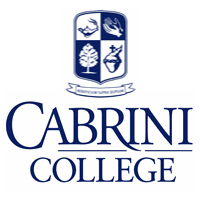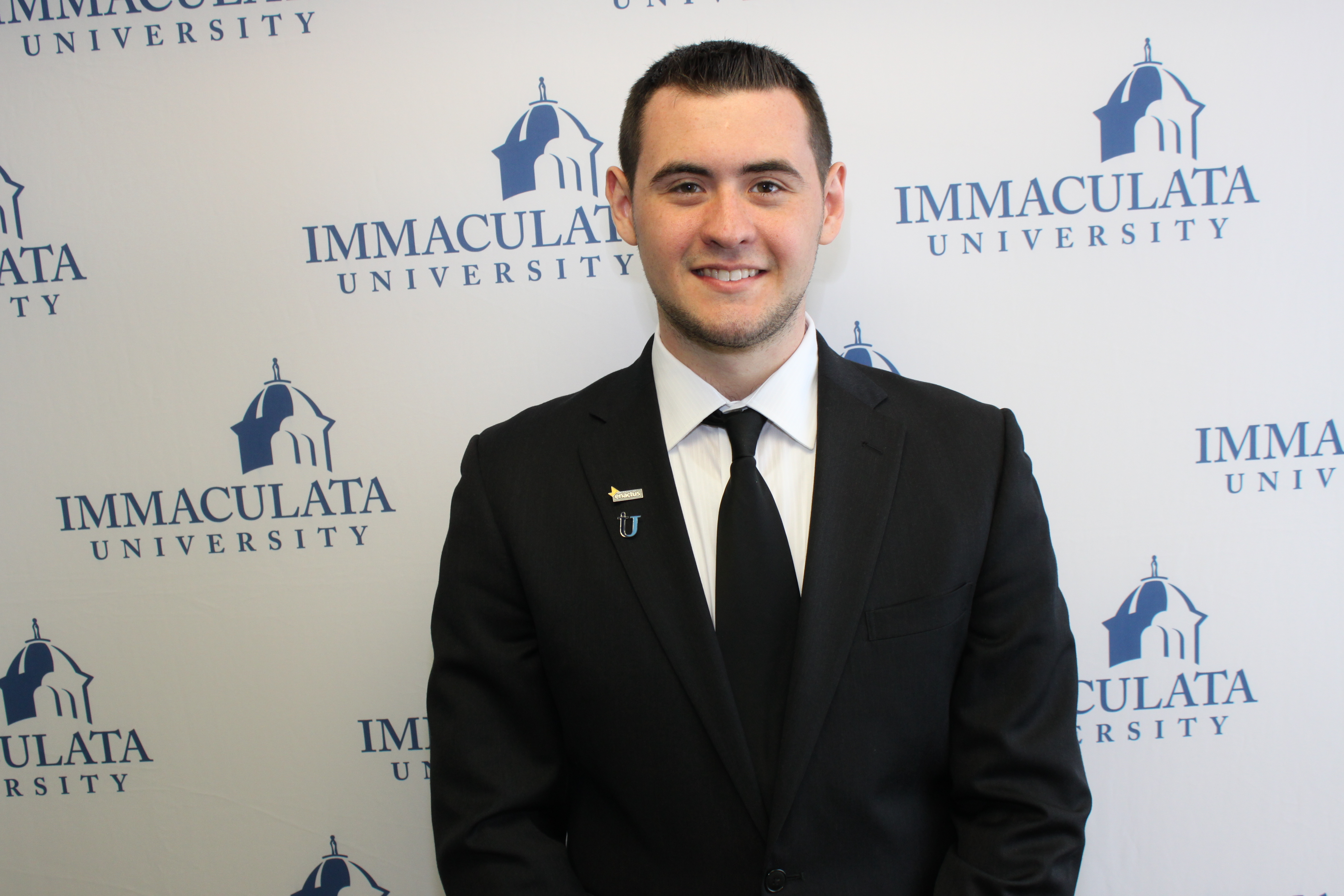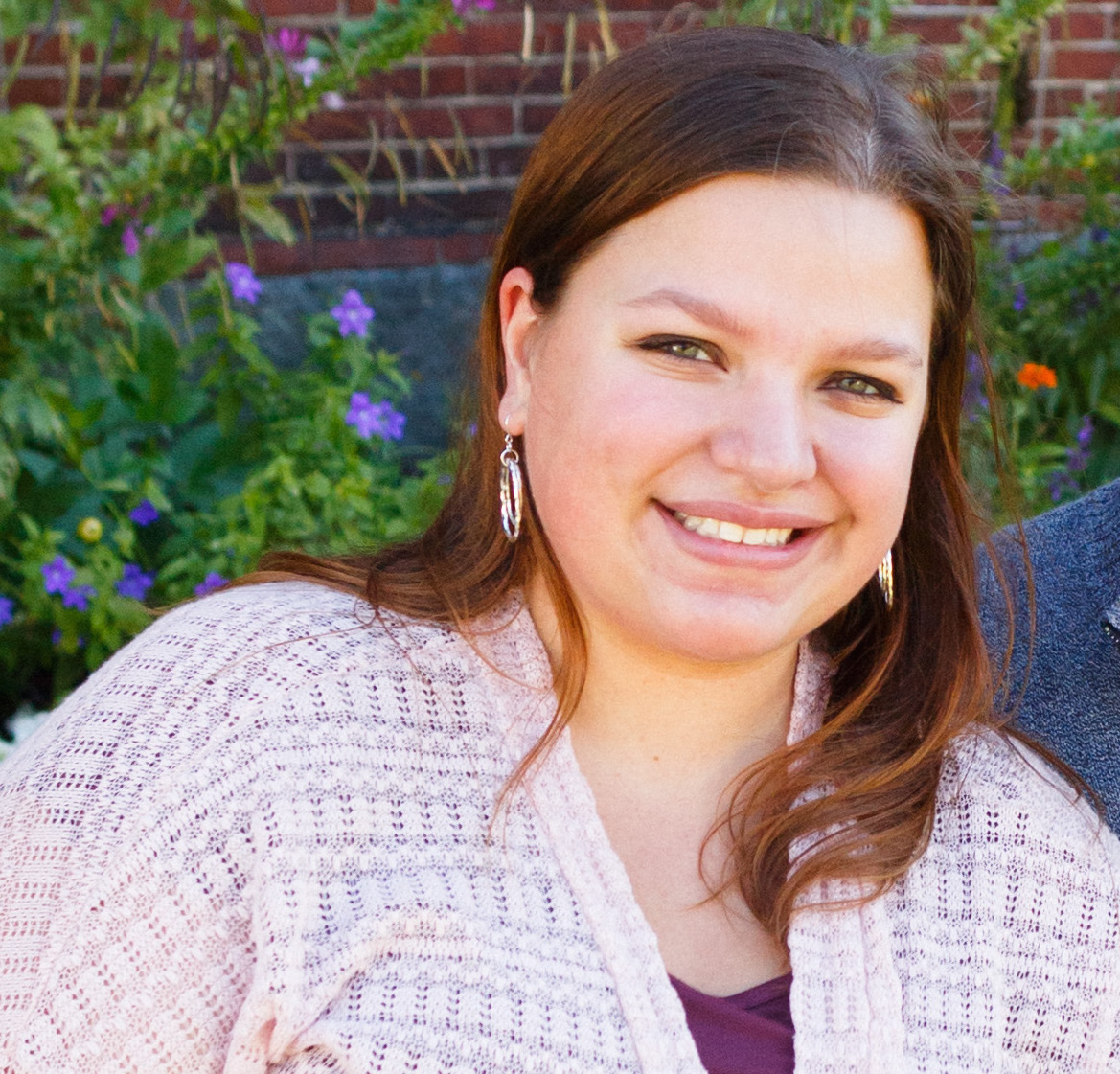Below is a summary of the abstract you submitted. Presenting author(s) is shown in bold.
If any changes need to be made, you can modify the abstract or change the authors.
You can also download a .docx version of this abstract.
If there are any problems, please email Dan at dar78@pitt.edu and he'll take care of them!
This abstract was last modified on April 21, 2015 at 3:18 p.m..

We present an enrichment protocol for the isolation of bacteriophages infecting bacteria in the Arthrobacter genus of bacteria. This enrichment protocol produces fast and reproducible results for the isolation and amplification of Arthrobacter phages from soil isolates. The enrichment technique described here, unlike many others, uses a filtered extract free of contaminating bacteria as the base for indicator bacteria growth, Arthrobacter sp. KY3901, specifically. By first removing soil bacteria the target phages are not hindered by competition with native soil bacteria present in initial soil samples. This enrichment method has resulted in dozens of unique phages from several different soil types and even produced different types of phages from the same enriched soil sample isolate. In the development of the procedure described here we attempted to account for selective bias inherent in any enrichment procedure by testing a range of CaCl2 concentrations. What became apparent is that some phage isolates show physiological differences dependent on parameters like calcium ion concentration and temperature. The current collection of 14 phages that have had their genomes sequenced can be “clustered” with other recently sequenced Arthrobacter phage genomes based on the Arthrobacterphamerator database. Of the 14 phages with genomic sequencing data, 12 of them have the siphoviral morphotype and of these two of them have the prolate head morphology. Two of our sequenced phages have the myoviral morphotype with one of them being a temperate phage. Broadly speaking, the use of this enrichment technique with LB media should prove to be hardly exclusive to the isolation of Arthrobacter phages. While LB has been the industry standard for culturing Escherichia coli strains and other members of the Enterobacteriaceae, it supports the growth of a wide variety of bacteria in aerobic conditions. The nutrient rich composition of LB media, in one formulation or another can likely be used in this method to propagate phages in an incredibly diverse group of aerobic bacteria preventing technical challenges from hindering phage discovery.


